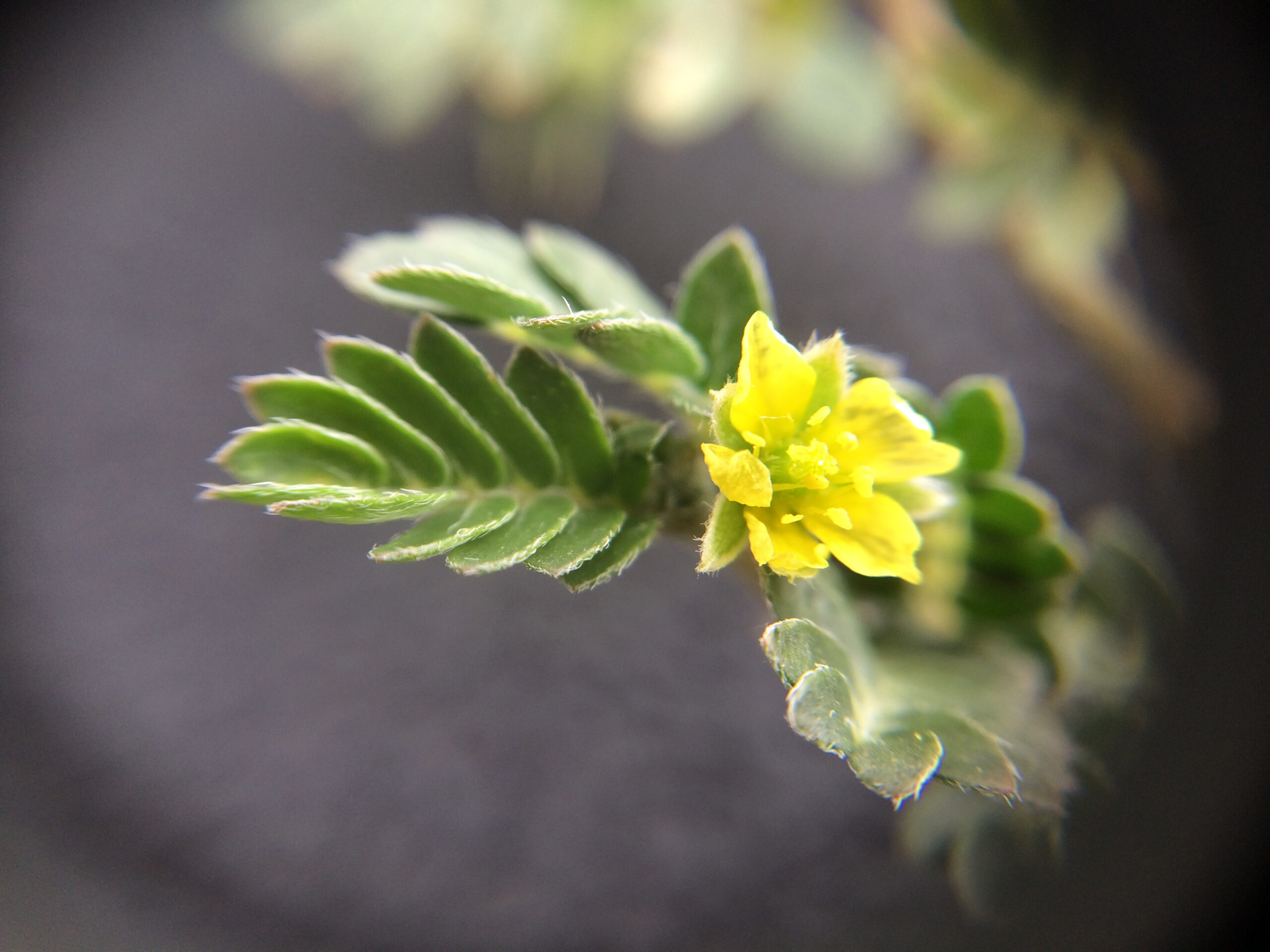Common crupina
Crupina vulgaris Cass
Keys to Identification
- Small pink flowers
- Slender stems
This information courtesy of the Colorado Natural Areas Program
Family
Asteraceae (Aster, Sunflower)
Other Names
Bearded creeper
USDA Code
CRVU2
Legal Status
Colorado Noxious Weed List A
Identification
Lifecycle
Annual
Growth form
Forb
Flower
Pink, lavender or purple ray flowers, 1-5 per branch.
Seeds/Fruit
A distinct ring of dark, stiff bristles encircle the broad end of the seed giving the appearance of a fishing fly (Whitsen, 1999). Soil seed bank viability period of at least 3 years.
Leaves
Rosette leaves are egg-shaped with smooth to slightly toothed margins. Older rosette leaves and stem leaves are pinnately to bi-pinnately lobed. Margins of lobes are armed with short, stiff spines giving leaves a coarse, rough texture when touched. Stem leaves are alternate, attached to the stem with no stalk and progressively smaller towards the end of the stem (Whitsen, 1999).
Stems
Main stem terminates in one to several short flowering branches: additional flowering branches originate in upper leaf axils.
Impacts
Agricultural
Invades hay fields and rangeland reducing forage quantity and quality. Can be invasive in grass crops grown for seed.
Ecological
Invades disturbed non-croplands and natural areas reducing forage and wildlife habitat.
Habitat and Distribution
General requirements
In the Pacific Northwest this plant is invasive on steep, south facing, grassy slopes.
Distribution
California, Idaho, Oregon and Washington. Colorado currently has no documented infestations of common crupina.
Historical
Native to the Mediterranean Region.
General requirements
References
USDA, NRCS. 2005. The PLANTS Database, Version 3.5 (http://plants.usda.gov). Data compiled from various sources by Mark W. Skinner. National Plant Data Center, Baton Rouge, LA 70874-4490 USA
Whitson, T.D.(ed.), L.C. Burrill, S.A. Dewey, D.W. Cudney, B.E. Nelson, R.D. Lee, R. Parker. 5th Edition 1999. Common Crupina. Weeds of the West.
Western Society of Weed Science, in cooperation with the Western United States Land Grant Universities Cooperative Extension Services, Newark CA. pg. 127.


Photos courtesy of

